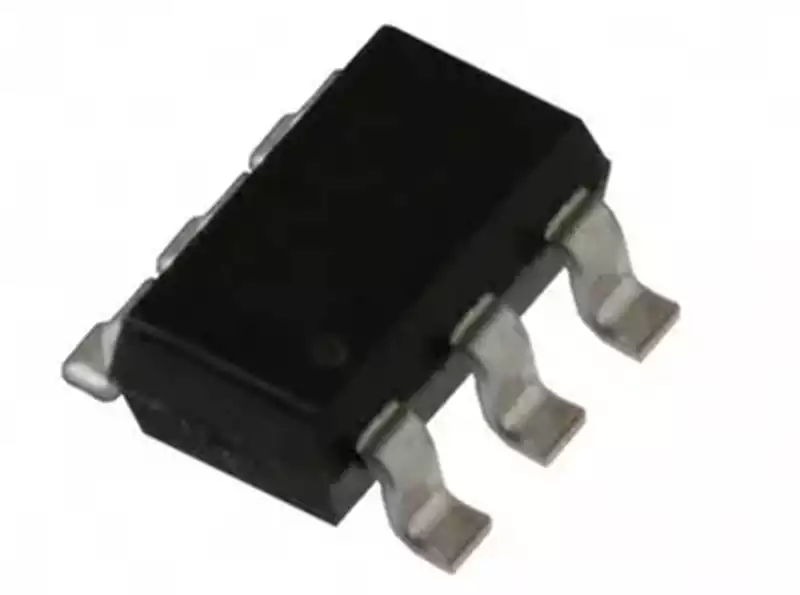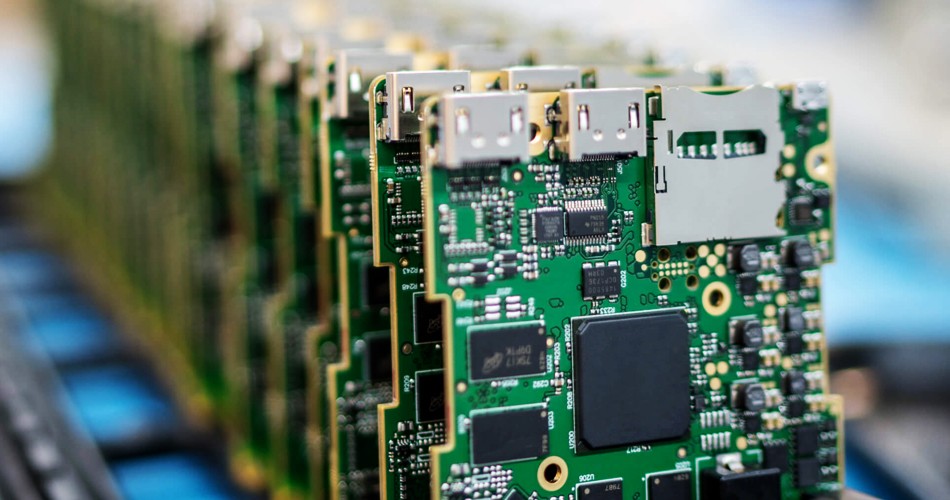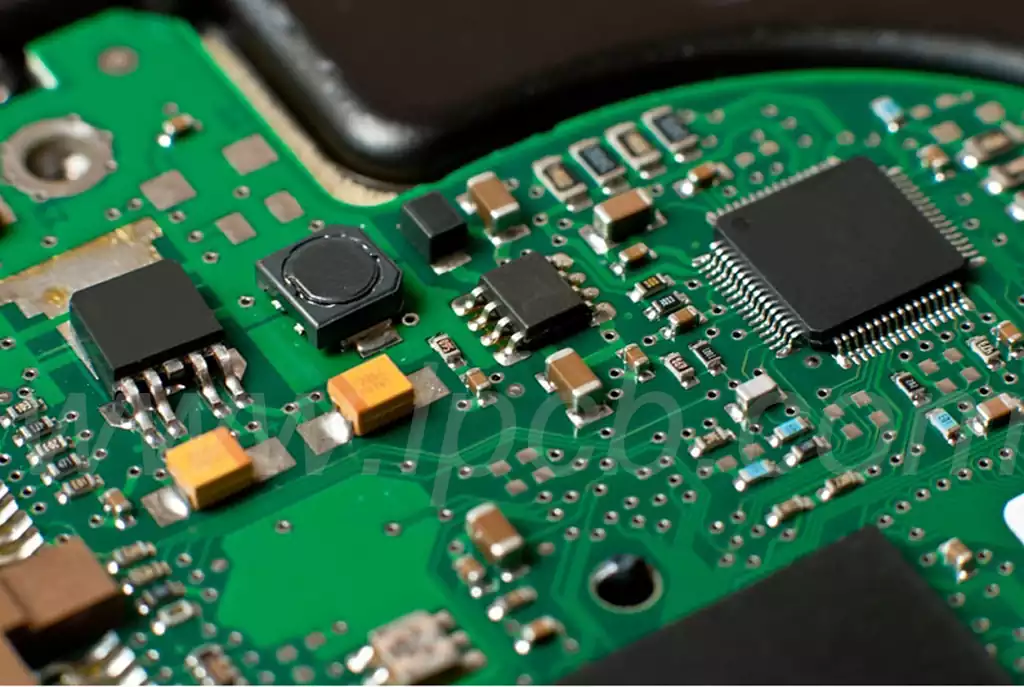Analog Integrated Circuits (AIC) is a circuit that integrates multiple analog electronic devices and circuits on a single chip. It is mainly used for processing, transmission and control of analog signals. Analog integrated circuits include various functional analog circuit components such as amplifiers, filters, oscillators, etc., which are capable of accurate processing and conversion of analog signals.
Analog integrated circuits are mainly integrated circuits consisting of capacitors, resistors, transistors, and other analog circuits integrated together to process analog signals. There are many analog integrated circuits such as operational amplifiers, analog multipliers, phase-locked loops, and power management chips. The main constituent circuits of analog integrated circuits are: amplifiers, filters, feedback circuits, reference source circuits, switched-capacitor circuits, and so on. Analog integrated circuit design is mainly through experienced designers to manually debug the circuit, simulation and get, the corresponding digital integrated circuit design is mostly through the use of hardware description language in the EDA software under the control of the automatic synthesis.
The analog IC design process mainly includes circuit diagram input (Schematic Input), circuit pre-simulation (Pre-Layout Simulation), layout design (Layout Design), design rule check (Design Rule Check, DRC), layout and circuit diagram consistency check (Layout Versus Schematic, LRC). Versus Schematic (LVS), Parasitics Extraction, Post-Layout Simulation, Check for ESD/Latchup/ Electrical Migration Issues, and Layout Design. Migration Issues), and Tape Out.
According to the above flow, designers first complete the circuit design based on the circuit function; then complete the pre-simulation of the circuit function in different processes (Process, P), different supply voltages (Voltage, V) and different temperatures (Temperature, T) and other PVT process corner conditions; next, complete the layout design based on the designed circuit, and process design Next, according to the designed circuit to complete the layout design, and process design rules check and layout circuit diagram consistency check and extract parasitic parameters, the use of the extracted circuit file contains parasitic parameters for post-simulation, complete the anti-static/latch-up/electromigration design check, according to the requirements of the modified or redesigned layout; Finally, the layout file generated into the final GDII file to be delivered to the factory chip flow.

The difference between analog and digital integrated circuits
Analog integrated circuits and digital integrated circuits are two different types of integrated circuits, and there are obvious differences in their operating principles and applications.
Signal processing method: Analog integrated circuits process analog signals in continuous time. It retains the continuity and accuracy of the signal by amplifying, filtering, mixing and other operations on the analog signal such as voltage and current. Digital integrated circuits deal with discrete-time digital signals by converting the signals into binary digital form and then performing logical operations and processing.
Numerical Representation: Analog integrated circuits use continuous voltages or currents to represent the magnitude and variation of a signal, with no explicit numerical representation. Digital ICs, on the other hand, use binary codes (0s and 1s) to represent the magnitude and variation of signals with explicit numerical representation.
Precision and Error: Analog integrated circuits are affected by noise, distortion and other factors during signal processing, resulting in certain limitations on signal precision and accuracy. While digital integrated circuits can improve the precision of data transmission and processing by means of error correction codes, checksums, etc., and have strong anti-jamming ability.
Application areas: Analog ICs are widely used in the field of analog signal processing, such as audio amplifiers, RF transceivers, sensor interfaces and so on. Digital integrated circuits are mainly used in the field of digital signal processing and computation, such as computers, communication systems, digital audio and so on.
In summary, analog integrated circuits are microchips that integrate multiple analog electronic devices and circuits together for analog signal processing and conversion. The opposite is digital integrated circuits, which are mainly used for digital signal processing and computation. They differ significantly in terms of signal processing methods, numerical representation, precision and error, and application areas.
Analog and digital circuits have many applications in the field of electronic engineering. The following are some common applications:
Analog Circuit Applications:
Analog signal processing: analog circuits can be used to process analog signals such as audio, video, etc.
Power management: analog circuits can be used to design and control power supplies such as voltage regulators, switching power supplies, etc.
Communication: Analog circuits can be used to design and implement modems, RF circuits, etc.
Sensor Interface: Analog circuits can be used to design sensor interface circuits, such as amplifiers, filters, etc.
Control systems: analog circuits can be used for control systems such as temperature control, motor control, etc.
Digital circuit applications:
Computer: digital circuits are the core part of a computer, including the central processor, memory, input and output interfaces, etc.
Communication: digital circuits can be used to design and implement digital signal processing, modems, etc.
Control systems: digital circuits can be used to realize digital control systems, such as robot control, automation control, etc.
Embedded systems: digital circuits can be used to design and realize embedded systems, such as smart home, smart watches, etc.
Digital Signal Processing: Digital circuits can be used for digital signal processing, such as digital filters, Fast Fourier Transform, etc.
Analog integrated circuits, in short, are microchips that integrate multiple analog electronic devices and circuits dedicated to the processing and conversion of analog signals. In contrast, digital integrated circuits, whose main function and application lies in the processing and computation of digital signals. The two show significant differences in several aspects, such as the way signals are processed, the way values are characterized, the accuracy and error handling, and the specific areas of application.


